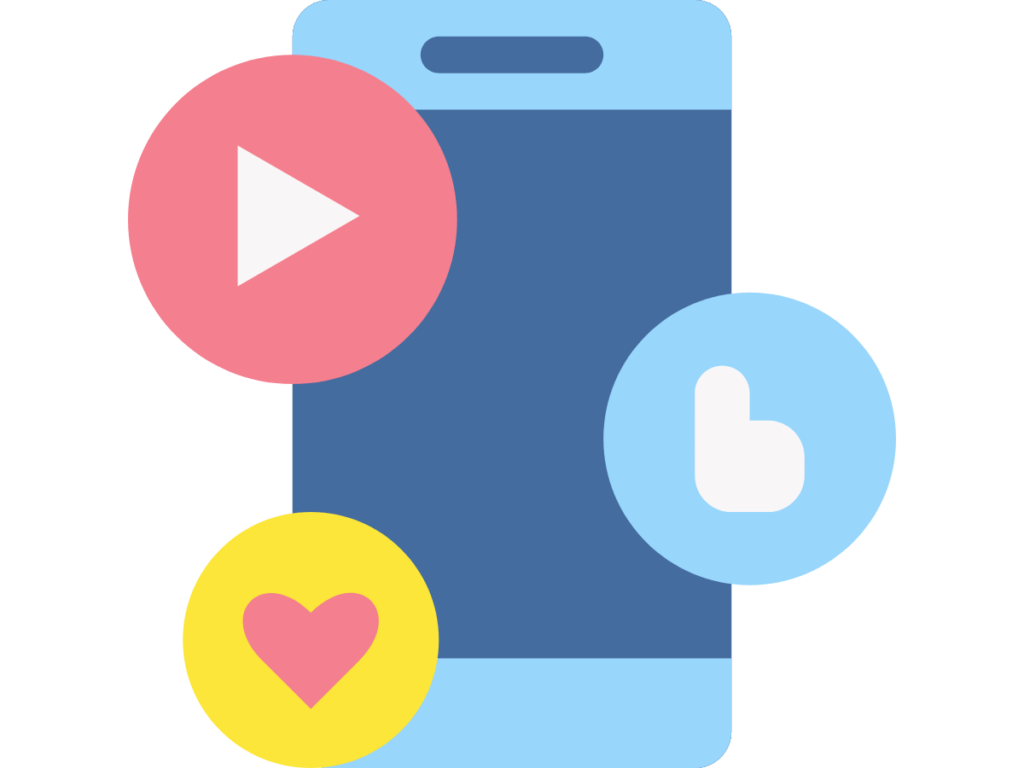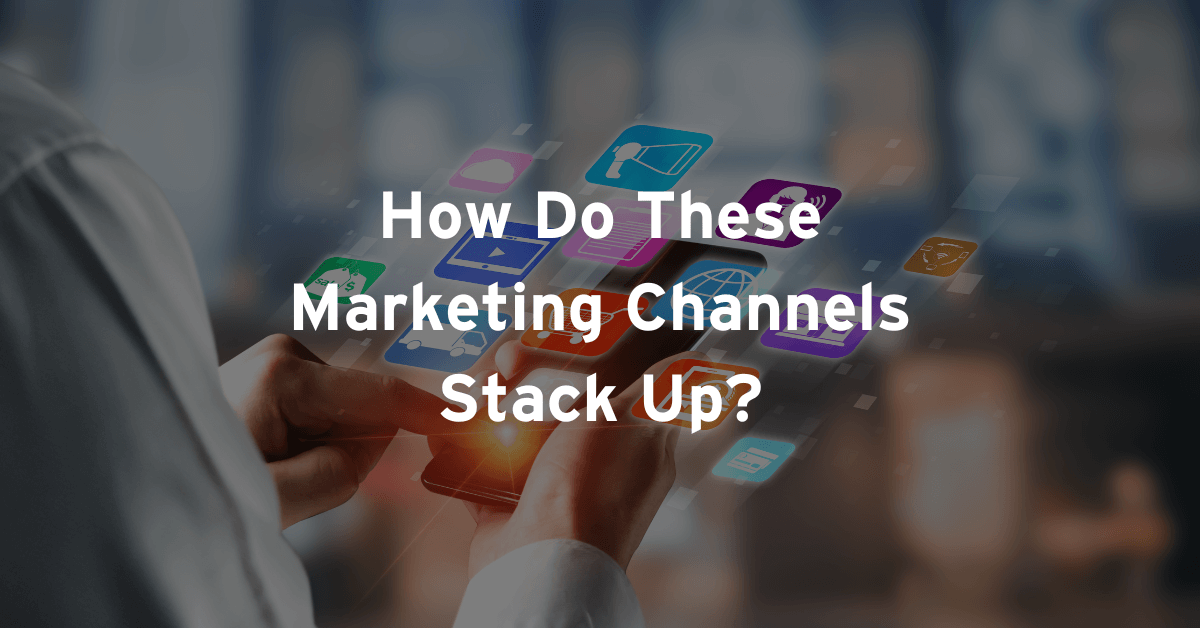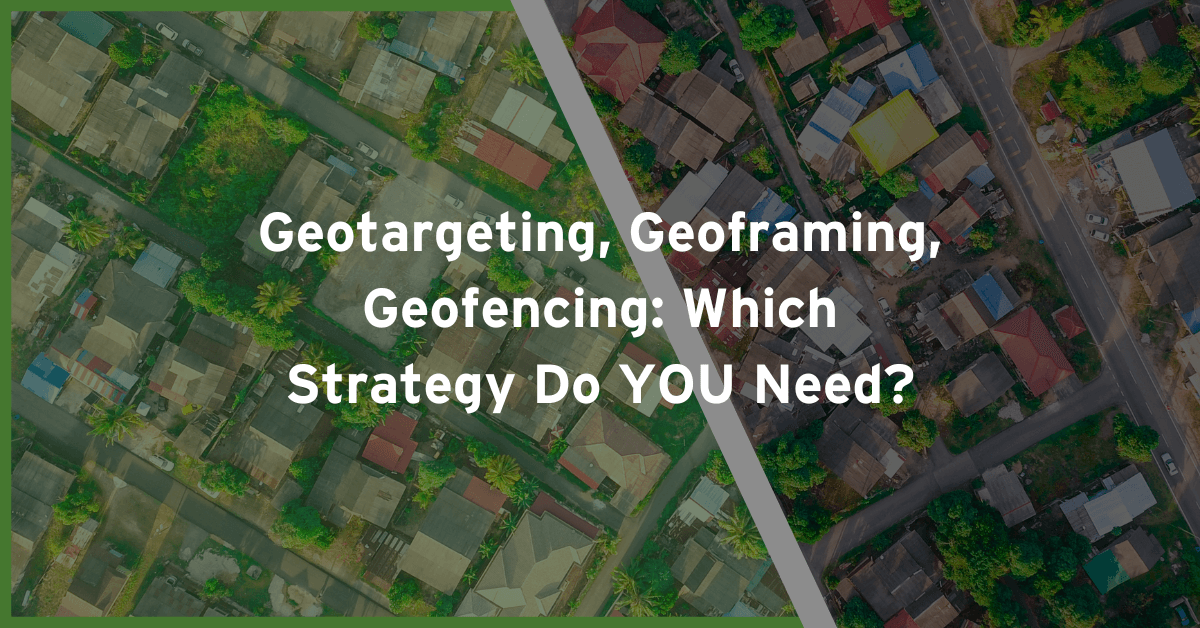There are more marketing channels now than ever before. This opens a lot of doors, but you still have to choose which one is right for you. Different channels are better for different campaigns. Depending on your purpose, you have to be selective with what channels you use.
Today, we’re going to go through the pros and cons of the most common channels, so you know which is the best for your marketing needs.
Social media

Pro
There are over 3.8 billion people on social media around the world. Social media is a fantastic way to connect with customers, build brand loyalty, and generate sales.
People don’t just want to buy from companies because they have good products and services. They want to know what your brand stands for in addition to what it sells. Social media can help potential customers find you. Social media feel like a 1-on-1 conversation between the brand and consumer, which helps build loyalty.
Con
A lot of the value from social doesn’t show up immediately. It’s not very easy to track social media’s ROI. Often the goal of social media is not just to generate sales but instead to build connections. Without measurable results, using social media can sometimes be discouraging.

Pro
Often email is a brand’s primary way to communicate with customers, and can feel very 1-on-1. A lot of people expect to communicate with brands through email. Also, pretty much everyone has email, so you know it’s a reliable medium for communication.
Con
We all get so. Many. Emails. Most office workers receive about 127 every day. It can be hard to stand out from the crowd. People just don’t have time to read emails that don’t actually provide them value.
Email marketing also has a lot of laws and rules connected to it that can hurt you if your aren’t careful!
Content/SEO

Pro
Customers often rely on a business’s website for information. Especially for local businesses, it can be the only way to know a shop’s hours or address. Putting the information on a website instead of a social media or Google legitimizes the information.
Good SEO gives your website credibility. It makes it easier for people to find your website when they search for it. It also helps create a smoother user experience.
Con
Bad SEO can hurt you. Most searchers never go past the first or second page of Google, which is why those top spots in the search results are so coveted. Having the wrong SEO can prevent your website form getting organic traffic.
53% of all trackable website traffic comes from organic search. SEO is the main thing influencing how easy it is to find you online. This is probably why it’s estimated that agencies and brands spent over $79.27 Billion on SEO services last year.
Google Ads

Pro
Where are people? On their phones. So, Google ads is an extremely effective way to find people where they are. Google ads is great for brand awarness as well as retargeting. It’s perfect if you want measurable results and analytics.
Con
Billboards, signs, posters, newspapers, and magazines all exist within different physical spaces. With digital advertising, we are all competing for the same ad space. That ad space costs more and has fewer guarantees attached to it.
Trying to figure out Google ads can feel like rocket science. There’s a large learning curve and it can take a while to feel confident with the setup.
Print and Mail

Pro
Direct mail average open rate is somewhere between 68 and 90%, which is double, triple, or quadruple the average open rates of other marketing channels. Do people who open direct mail actually purchase? Yes! On average people who receive direct mail purchase 28% more items and spend 28% more money!
Why is direct mail so effective? It comes down to fact that people like getting mail. 41% of Americans of all ages look forward to getting their mail every day. We still want very real things in our hands, which is something totally lost in email inboxes and social media. That tactile connection translates into 💰.
Con
Since Direct mail requires use of the postal system it has fixed costs. The graphic design of the mail piece may also have an additional cost. Using direct always requires a bit of math, and if it’s done wrong, it can hurt your ROI.
It’s not always possible to see direct, measurable results from direct mail campaigns. Even if you can measure results, it may take a while to get the full picture.
Another thing that can be a disadvantage with direct mail is that you need a really good foundation of address data. The problem is that a lot of data providers don’t make sure that their data is accurate, which hurts the effectiveness of your campaign. That being said, there are ways to avoid this problem.
Connected TV

Pro
TV is a time-tested advertising channel. Although it’s a lot less common than it used to be, it can still be very effective. Many marketers are using CTV (connected TV) or OTT (over-the-top) channels to target consumers using streaming services and connected TV devices such as Hulu and Roku. Advertisers are embracing these platforms as more and more ad space becomes available. Spending for CTV advertising is expected to grow from $6.94 billion in 2019 to $8.88 billion in 2020, a 28% increase.
Con
With customer attention spread so thin and cable TV subscriptions consistently falling, (over 16 million in the last five years) there’s a lot less advertising space available. Content consumption is at an all-time high, so competition for viewers’ attention is as well. 84% of marketers say that it is getting harder to grab a consumer’s attention with television advertising alone.
Audiences today expect personalized and relevant targeted ads. Linear TV (cable and network television) often fall far behind in targeting capabilities. Therefore, it can be a challenge for advertisers to figure out how to integrate linear TV into their campaigns.
Which channel is best for you?
Every channel has its drawbacks, but each also has its strengths. Maybe your audience watches TV more, or maybe they spend a lot of time on social media. There is no one-size-fits-all. The purpose and target audience of your campaign are the most important things to consider when choosing a channel.





